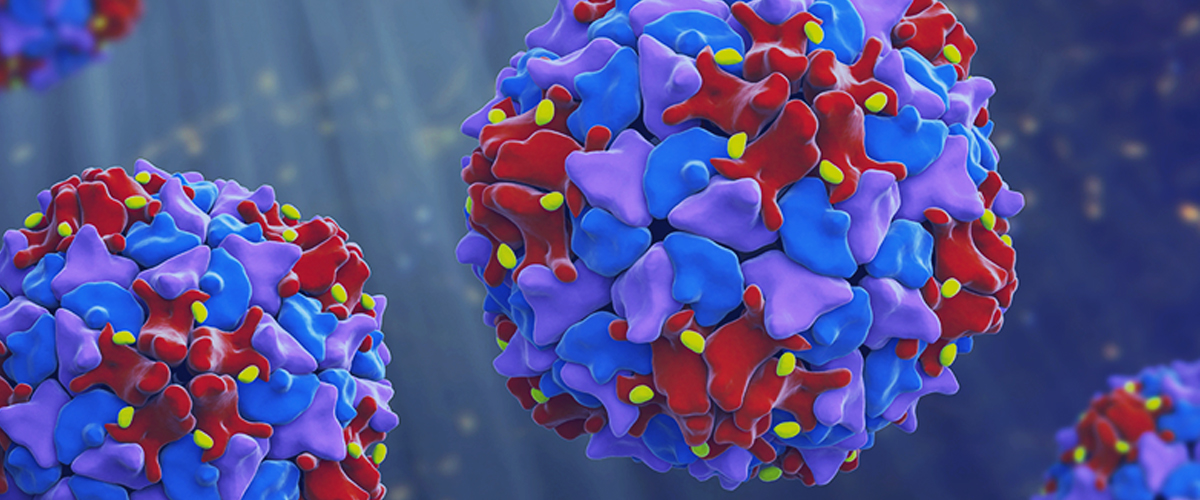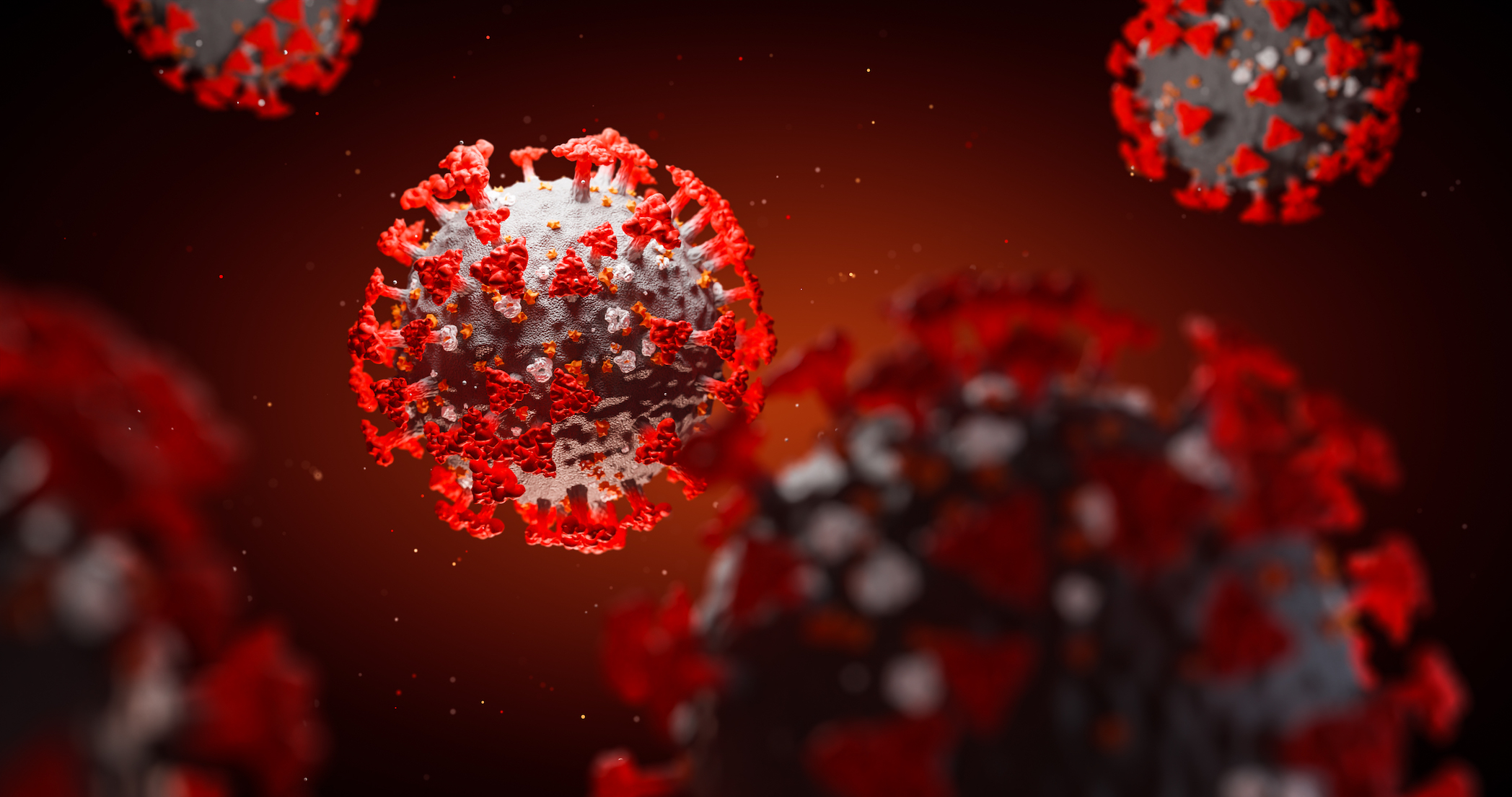

The story of Polio
A look at the progression of Polio and the role of vaccines in controlling it.

Impact of Covid
Understand how the Covid pandemic affected vaccination rates across the world.
Immunization is saving millions of lives every year across the world. Vaccines play a key role in increasing immunity and reducing infection risks by working with the human body’s natural defenses. According to WHO, we now have vaccines to prevent more than 20 life-threatening diseases, helping people of all ages live longer and healthier lives. It is estimated that vaccination prevents about 3.5 to 5 million deaths every year.
Recent COVID pandemic also highlighted the critical role that vaccines play in prevention and control of infectious disease outbreaks. Vaccines have become an indispensable tool for improving the wellness of humankind. Despite the progress, there is still work to be done. Vaccination is still a privilege and not a basic right for a vast majority of the population.
We aim to explore the global trends in children vaccination, understand the challenges in achieving higher vaccination rates and identify insights that can help governments and NGOs in improving the effectiveness of future vaccination drives.
A dive into the history of Polio - from being an epidemic to being largely eradicated.
A vaccine-preventable disease (VPD) is an infectious disease for which an effective preventive vaccine exists. If a person acquires a vaccine-preventable disease and dies from it, the death is considered a vaccine-preventable death. The bar chart below shows the most prevalent diseases and how their death rates have changed in the last four decades.
Below listed are the children vaccines that provide protection against these diseases. We have limited the scope of this project to just the vaccines given to children as there is more uniformity and focus on them around the world, resulting in better data.
| Vaccine | Description | Protects From | Global Coverage 2015 to 2021 |
|---|---|---|---|
| BCG | BCG refers to one dose of Bacillus Calmette Guerin vaccine, given within 24 hours of birth | Tuberculosis | |
| DTP1 | DTP1 refers to the first dose of diphtheria and tetanus toxoid with pertussis containing vaccine | Diphtheria, Tetanus and Pertussis (aka whooping cough) | |
| DTP3 | DTP3 refers to the third dose of diphtheria and tetanus toxoid with pertussis containing vaccine. DTP3 is often used to assess how well countries are doing in providing routine immunization services to children | Diphtheria, Tetanus and Pertussis (aka whooping cough) | |
| Hepb3 | HepB3 refers to the third dose of hepatitis B containing vaccine following the birth dose | Hepatitis B | |
| Hepbb | HepBB refers to one dose of Hepatitis B vaccine within 24 hours of delivery | Hepatitis B | |
| Hib3 | Hib3 refers to the third dose of Haemophilus influenzae type b containing vaccine | Haemophilus influenzae, type b | |
| IPV1 | IPV1 refers to at least one dose of inactivated polio vaccine | Polio | |
| MCV1 | MCV1 refers to the first dose of measles containing vaccine typically given 12 months or later | Measles | |
| MCV2 | MCV2 refers to the second dose of measles containing vaccine according to the nationally recommended schedule | Measles | |
| PCV3 | PcV3 refers to the third dose of pneumococcal conjugate vaccine | Pneumococcal Diseases | |
| Pol3 | Pol3 refers to the third dose of polio containing vaccine. May be either oral (OPV) or inactivated polio vaccine (IPV) | Polio | |
| RCV1 | RCV1 refers to the first dose of rubella containing vaccine | Rubella | |
| Rotac | RotaC refers to the final recommended dose of rotavirus vaccine, which can be either the 2nd or the 3rd dose depending on the vaccine | Rotavirus | |
| YFV | YFV refers to one dose of yellow fever vaccine in countries where YFV is part of the national immunization schedule for children or is recommended in at risk areas | Yellow fever |


